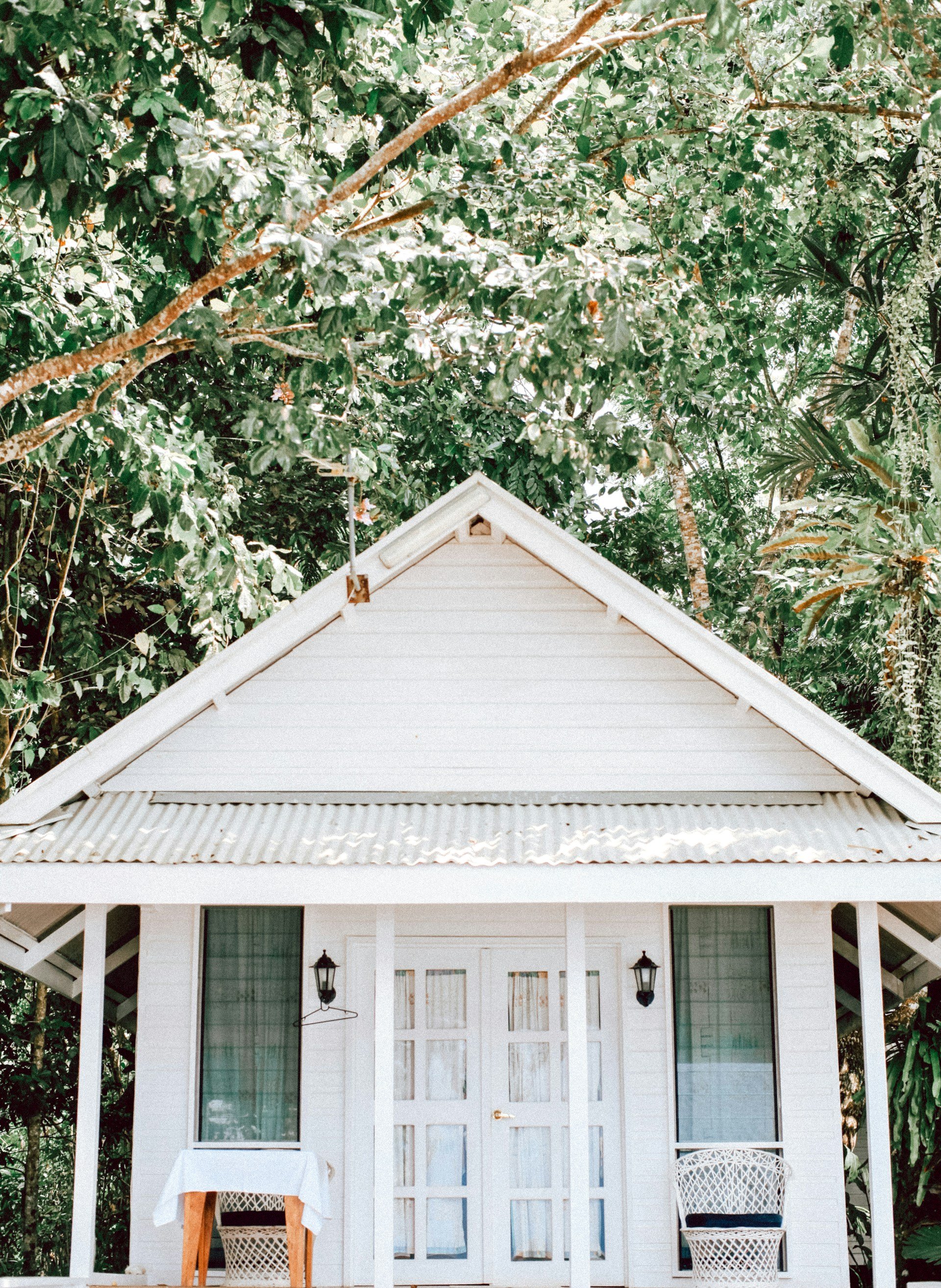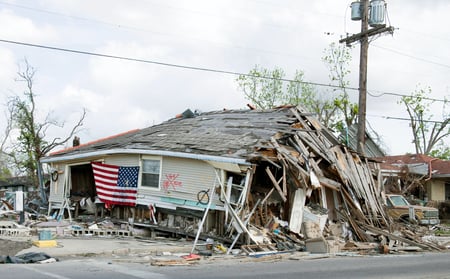Which Roof Type is The Strongest?
November , 2024 | 6 min. read

When it comes to choosing the right roof design, we’re not just talking about curb appeal. Your roof is your home’s first line of defense against everything nature throws at it, be it hurricanes, heavy snowfall, or the occasional curious raccoon.
So, if you’re asking, “Which roof design is the strongest?” you’re in the right place. RoofCrafters has been in the biz for over 30 years, so when it comes to roof designs, we know a thing or two.
That being said, if you're building a new home, or simply interested in the ins and outs of roof design, you're in the right place! Let’s dive into the top roof styles that go beyond looks and bring serious durability to the table.
The Roof Types Showdown: Which Designs Are Built to Last?

Not all roofs are created equal. Some stand tall in the face of storms, while others might bow under a blanket of snow. Here are some of the most resilient designs:
Gable Roofs: The Classic Powerhouse
The gable roof is the one we all drew as kids, you know, that simple triangle shape. But don’t let its simplicity fool you. Gable roofs, with their steep pitch, are ideal for shedding water and snow, making them a strong choice for regions with heavy rainfall or winter weather. Plus, they allow for great attic ventilation.
• Strengths: Great for rain and snow; easy construction and repair.
• Weaknesses: Vulnerable to high winds. If you’re in a hurricane-prone area, reinforced gables are a must.
Hip Roofs: Built for Balance
A hip roof slopes on all four sides, which gives it excellent stability. Because it slopes in every direction, it’s a strong contender for areas prone to high winds, including hurricane zones. The sloping design helps disperse wind forces, making it less likely to be torn up by severe weather.
• Strengths: Great for high-wind areas, balanced design.
• Weaknesses: More complex and costly to build and maintain due to its shape.
Flat Roofs: The Underestimated Workhorse
Flat roofs don’t have the natural drainage of sloped roofs, but they come with their own perks. Used mostly in commercial buildings, flat roofs are economical and great for creating additional space for HVAC units, solar panels, or even rooftop gardens.
• Strengths: Cost-effective, provides space for installations.
• Weaknesses: Not ideal for heavy rain or snow regions due to limited drainage.
Mansard Roofs: French Elegance with a Twist
Think of the mansard roof as the Parisian of the roofing world. This four-sided roof has two slopes on each side, with the lower slope steeper than the upper one. While it may not have the brute force of a hip or gable roof, its design allows for attic space, which can add storage or even a top-floor room.
• Strengths: Attractive design, offers extra space.
• Weaknesses: Vulnerable to heavy snow and rainfall due to its shape. Better suited for milder climates.
Dome Roofs: Go Big or Go Dome
It's not your everyday roof; the dome roof is as unique as it is durable. Dome roofs distribute stress evenly across the structure, which gives them excellent resilience against wind and other forces. They’re often used in large public buildings but can also make a striking architectural statement for homes.
• Strengths: Excellent for extreme weather, distributes force well.
• Weaknesses: Complex and costly to construct, and not ideal for traditional residential settings.
What About Materials?

The best roof design only goes so far without the right materials. Here’s a quick look at some durable roofing materials to match your strong roof style:
• Metal: Metal roofs are champions in durability, offering resistance to fire, wind, and water. Plus, they’re lightweight and recyclable.
• Clay or concrete tiles: While heavy, tile roofs are sturdy and ideal for hot climates. They offer excellent insulation and resistance to weathering.
• Asphalt shingles: These are the everyman of roofing materials - affordable and reliable but may not stand up to extreme conditions like metal or tile can.
• Slate: Slate roofs have been around for centuries, known for their beauty and extreme durability. They’re great for snow and rain, though they come at a higher cost.
Regional Needs: Choosing the Right Roof for Your Climate

Choosing the strongest roof design depends a lot on where you live. Consider these key factors:
• High-wind areas: Go for a hip roof or reinforced gable with a metal covering. These designs can help mitigate the impact of gusts and hurricanes.
• Heavy snow: Gable roofs with a steep pitch are your friends here, as they prevent snow buildup. Consider adding a waterproof membrane for added protection.
• Hot and dry: Flat roofs with materials like clay tiles or metal can withstand the heat while keeping your home cooler.
• Rainy regions: Hip or gable roofs are great for water runoff. Metal and asphalt shingles are excellent for handling heavy rainfall without damage.
Roof Maintenance: Even the Strongest Roof Needs a Little TLC

No matter how strong your roof design is, proper maintenance is crucial to keep it performing at its best. Here are some quick tips:
• Inspect regularly: Look for loose or missing shingles, signs of rust, and other damage.
• Clear gutters: Especially in rainy or snowy areas, clogged gutters can lead to water pooling and eventually, leaks.
• Trim trees: Branches overhanging the roof are an invitation for trouble. A strong gust can break them, causing impact damage.
Wrapping Up: Which Roof Design is the Ultimate Champion?
In the world of roof designs, there’s no universal “best.” Instead, the strongest roof for you will depend on your climate, budget, and style preferences. If you’re in a hurricane-prone area, a hip roof with metal materials is a winning combination.
For snowy regions, a steeply pitched gable roof might be your best bet. And if you’re looking to turn your roof into a multi-purpose space, the flat roof brings added versatility.
Remember, the strength of your roof depends on more than just its shape. Materials, installation quality, and regular maintenance all play a vital role in ensuring your roof stays strong for the long haul. If you're ready to up the ante on your construction project or are interested in a roof replacement, be sure to hit the "Schedule an Inspection" button down below!
My name is Cassie, and I’m the Content Manager here at RoofCrafters. I was born and raised in Chicago, Illinois, and made my way out to Florida post-college graduation. I’m incredibly passionate about writing and creating valuable content that helps others with the collaboration of my marketing team. When I’m not working, I enjoy shopping (a little too much), spending time at the beach, and reading!



